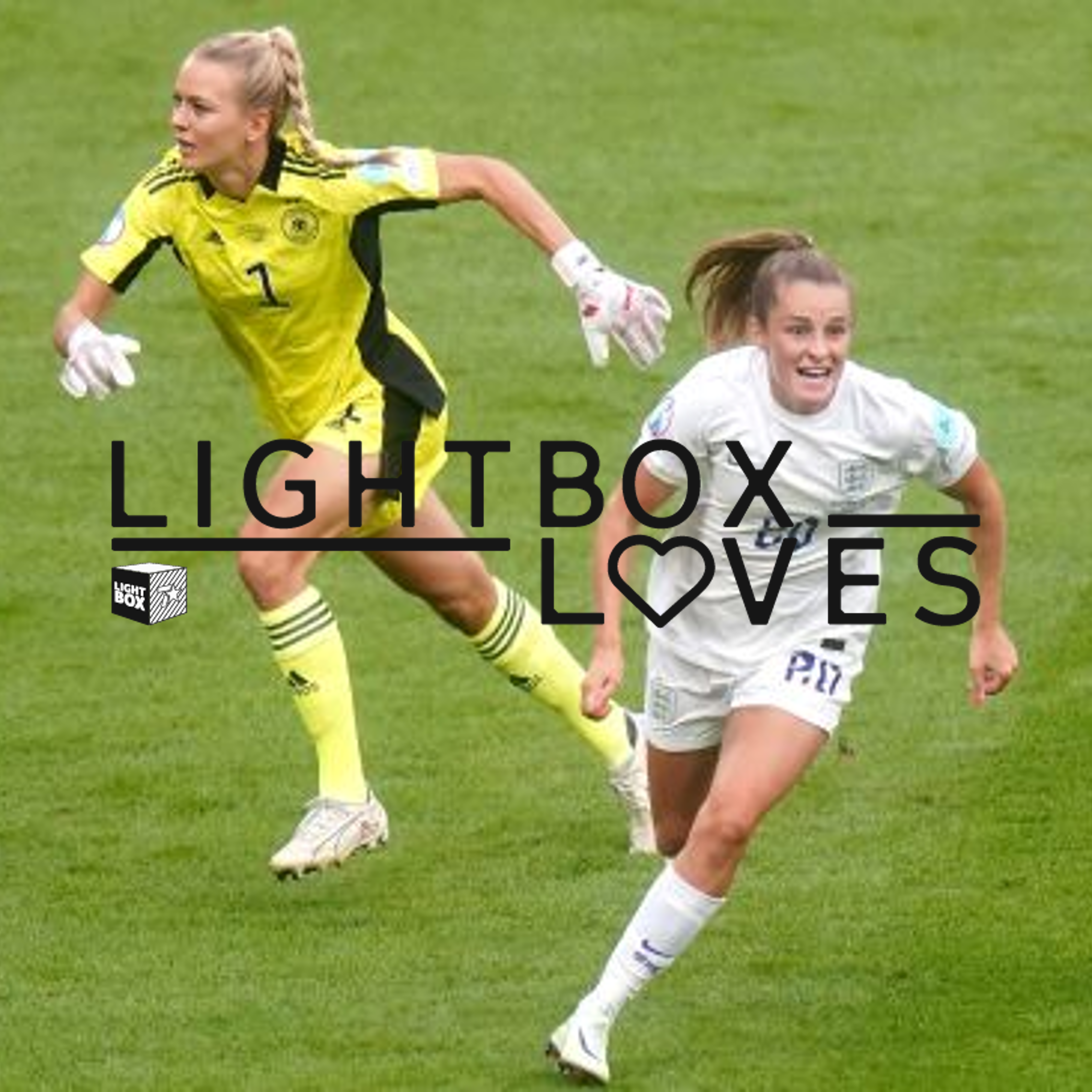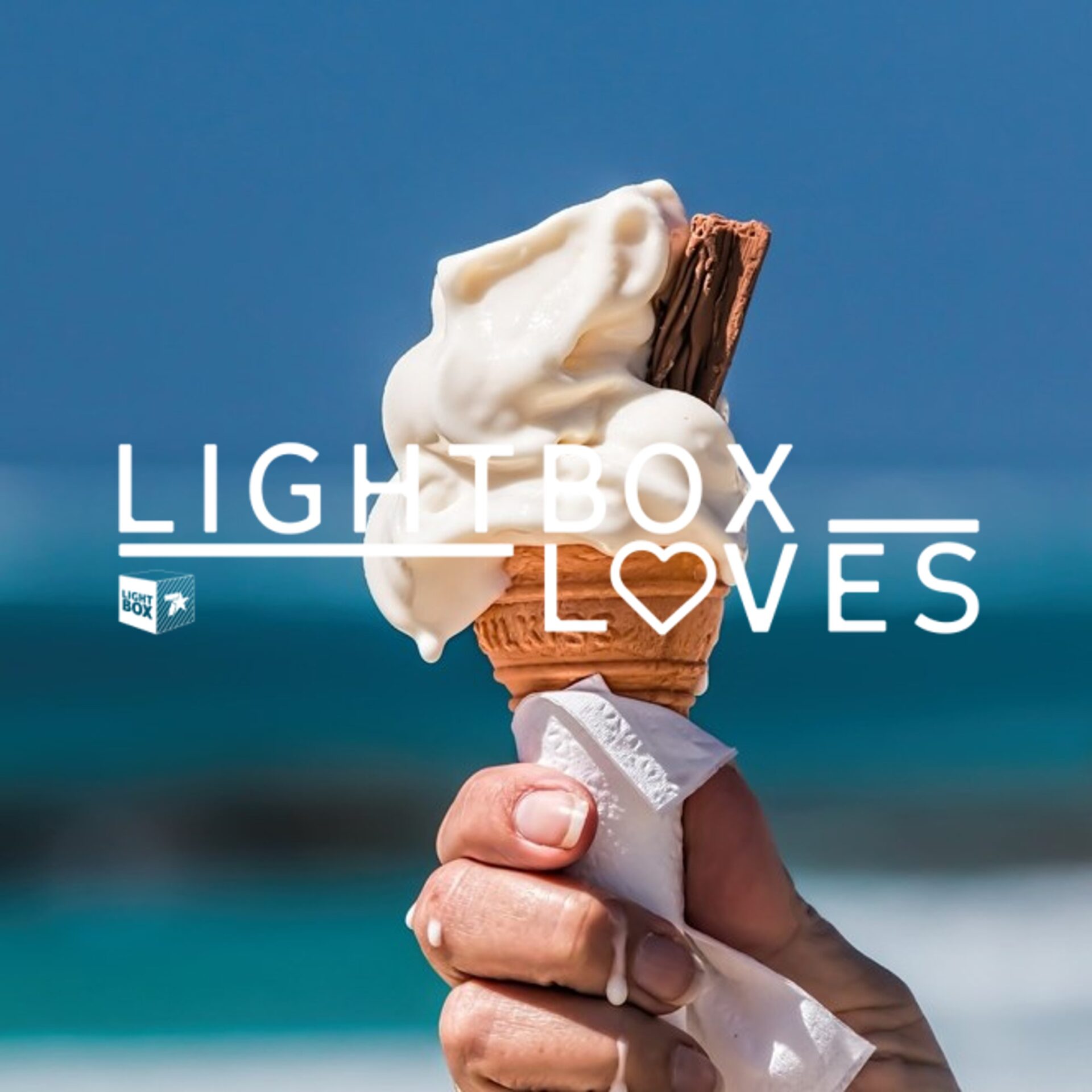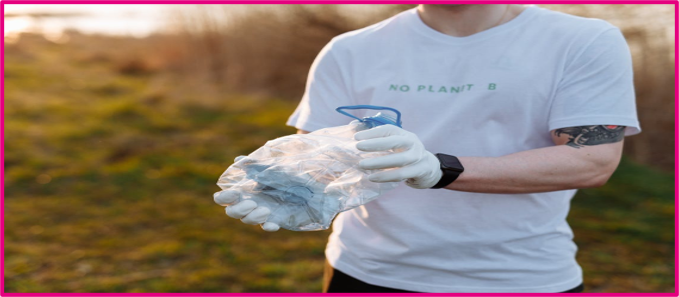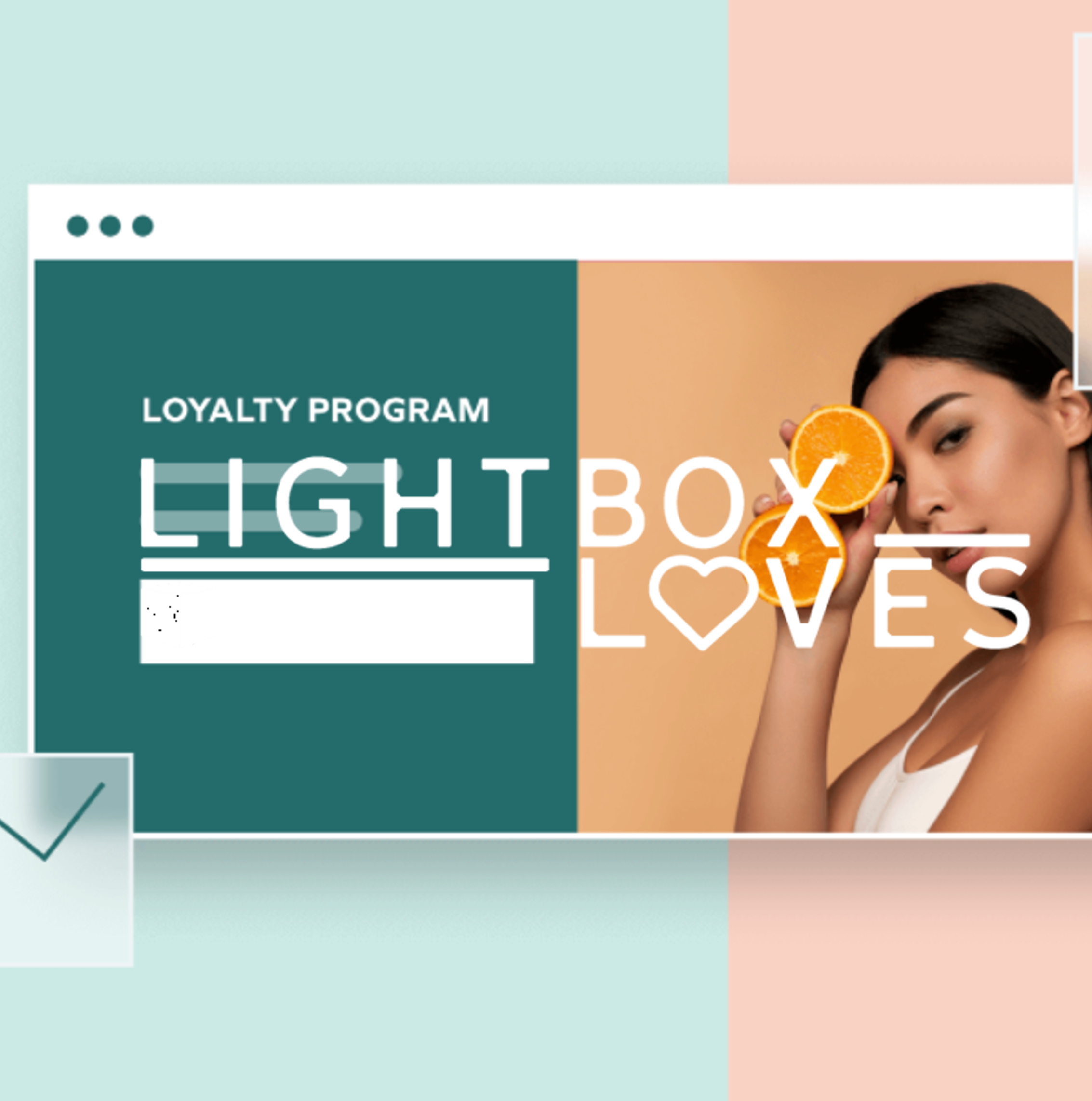
Yesterday, the nation came together in both sorrow and celebration to lay our late Queen to rest. Although the ten days of national mourning is over, her legacy will be impossible to forget. Let us look at 7 lessons she has left us with over her 70 years of reign, that will inspire as we move forward into a new era:
Consistency is key. The one thing that has been mentioned more than anything since The Queen’s death is her consistency. Not many people remember a life without her- and her presence was constant throughout many periods of tumult. And it was that constancy that millions of people loved. Brands too, have the opportunity to remain a constant presence throughout life’s key moments, in order to build positive reputation.
Get yourself ‘out there.’ The Queen was lucky enough to have visited almost 120 countries. Although a privilege, very few were holidays. Instead, our late Queen made the most of her travels by soaking up different cultures and communities. We should take heed of this by going to the places where our customers are and speak to them first hand – it will generate unique insight that’s almost impossible to grasp behind a computer screen.
Tap into resilience. 14-hour queues? No problem. Although our country was in mourning, we did not wallow. Instead, thousands of people braved several hours of waiting to see our Queen lying in state. Our recent research with Kantar shows that in hard times, 64% of Brits look to ‘keep calm and carry on’ – brands should not underestimate the strength of their customers.
Embrace change. The Queen said in 2002, ‘the way we embrace change, defines our future.’ Although leader of an institution steeped in tradition, The Queen has been unafraid to accept that certain practices and behaviours need to change, in order to connect with those that she served. Her Zoom appearances aged 96 were testament to that.
Be true to your values. On her 21st birthday, Princess (soon-to-be Queen) Elizabeth famously said that her whole life, whether long or short, would be dedicated to service. Rarely has anyone been truer to their word. Her dedication and sense of devotion has always been praised for its authenticity. Brands too should stick by what makes them who they are, and act accordingly.
Show thanks. From visiting hospitals to knighthoods, The Queen has always ensured to show gratitude to those who gone the extra mile to serve her country. Rewarding loyalty and thanking those that deserve recognition both inside and outside of your own organisation is likely help boost your brand in a positive way.
Have fun. The Paddington themed tributes displayed outside Buckingham Palace over the past week has shown that whilst The Queen has always been the epitome of decorum and class – a real standout memory was when The Queen took part in a comical scene with Paddington Bear to celebrate her Platinum Jubilee. Showing the lighter side of life and giving people reasons to smile can be a great way to engage with consumers.
Source: People First Response in a Crisis, the7stars, June 2022












Recent Comments